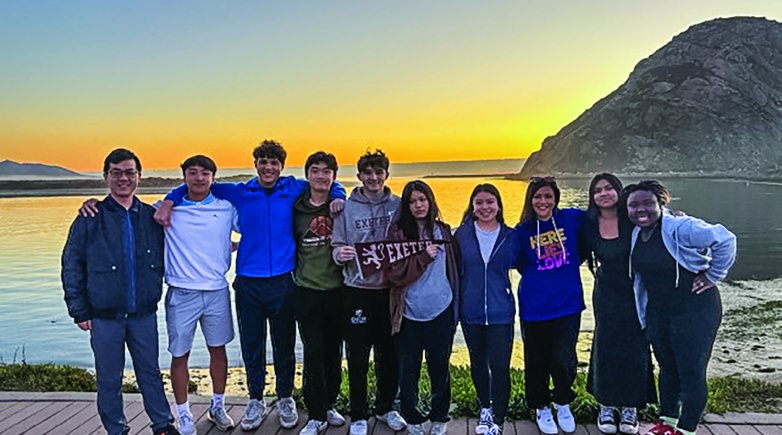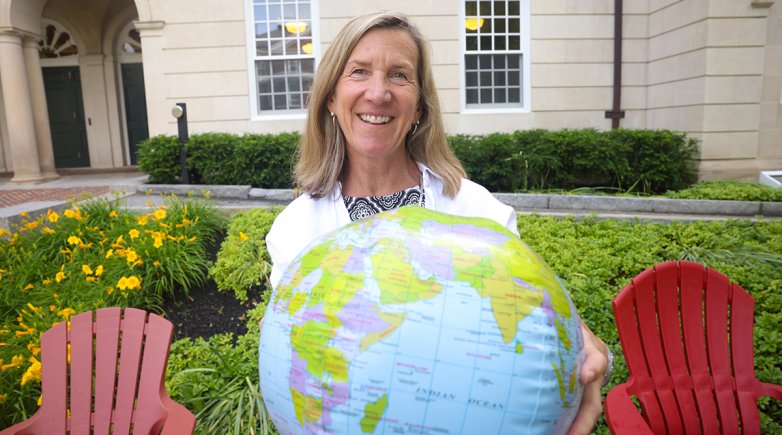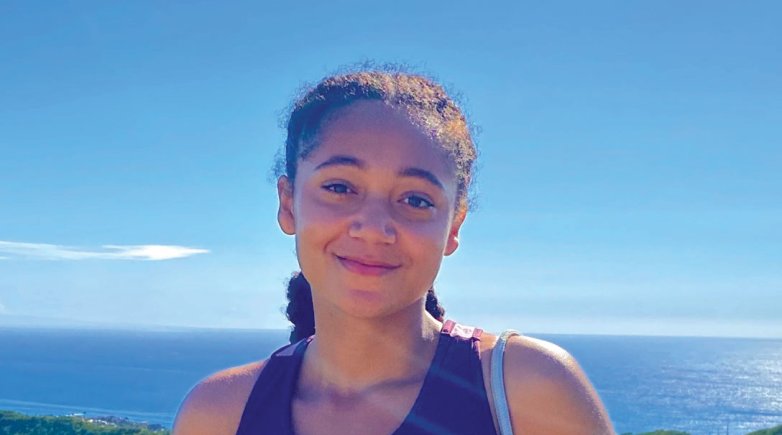Focus on Filipino history
Travel brings Exonians closer to their heritage.
After more than two years of planning, the Academy led its first travel-and-learning trip focused on Indigenous Filipino history in the U.S. The 10-day Balikbayan Program to California in November supported nine students and three chaperones, including me.
As the adviser of the Exeter Pinoy Society, the dean of Multicultural Affairs, and a person born and raised in Manila, Philippines, I feel privileged and honored to be a part of a project that has been professionally and personally affirming.
The idea for this cultural trip took root in 2021 when the Pinoy Society co-heads at the time — Grace Nivera ’23, Gretl Baghdadi ’22, Elijah Porras ’22 and Aaron Venzon ’22 — dreamt of bringing the club to the Philippines as a way of “coming home.” Balikbayan is the Tagalog word for “returning home” for someone who has been away for some time.
The Philippines still had COVID travel restrictions, so we pivoted to a domestic trip. We researched cities that had significance to the Filipino American experience, including St. Malo, Louisiana, the first settlement of Filipinos in the U.S.; and St. Louis, Missouri, home of the 1904 World’s Fair, where 2,000 Filipinos, many of whom were Indigenous, were displayed in a human zoo. We decided to visit Morro Bay, California, where the first Filipinos landed on U.S. soil on Oct. 18, 1587.
After submitting the club’s trip proposal to the Academy, the students had the opportunity to talk about the project at the People of Color Conference in San Antonio, Texas, and the Asian American Footsteps Conference ’22 at St. Paul’s School. Shortly thereafter, we received confirmation that the proposal was approved and that Exeter would support our dream.
Our journey began in San Francisco where we visited the SOMA Pilipinas cultural neighborhood. Our tour guide led us through the San Francisco Filipino Cultural Heritage District and showed us the impact of gentrification on the Filipino communities that were displaced. One of the students reflected: “It is easy to sympathize with the city workers and their wish to ‘clean up’ the city and make it more ‘presentable’ by modernizing roads and buildings. Yet this point of view completely ignores deeply important cultural and social values imbued in these spaces that ‘need modernizing.’”
After four days in San Francisco, we made our way south to Morro Bay, where we visited the Landing of the First Filipinos. One student said, “One of my highlights was visiting the Morro Bay Rock and reading about the first landing of the Filipinos in America … being able to crane our necks at the towering rocks and watch the sunset while journaling was truly a breathtaking experience.”
In Los Angeles, we visited Historic Filipinotown, spending time at Unidad Park which has a mural that outlines over 2,000 years of Filipino history. We also met with Anthony Christian Ocampo, a sociology professor and author of The Latinos of Asia: How Filipino Americans Break the Rules of Race. He was generous with his time and the students appreciated the meaningful exchange.
In the end, one student summarized her experience with gratitude: “We learned on this trip that Filipinos often feel the need to assimilate, and thus try to distance themselves from the culture. Now that I have clearly seen this and learned about it, I feel more compelled to learn more about the other 50 percent of me that I feel I have neglected for a very long time. This trip has taught me so much about who I am, and I am sincerely grateful for it."
Editor's note: This feature first appeared in the Winter 2024 issue of The Exeter Bulletin.


